Bio-optical methods have been an essential tool for biological observation and clinical diagnosis, and optoacoustic (photoacoustic) imaging is now emerging.
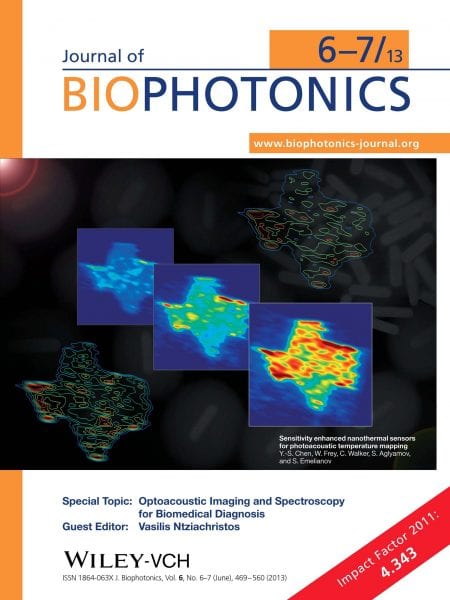

Bio-optical methods have been an essential tool for biological observation and clinical diagnosis, and optoacoustic (photoacoustic) imaging is now emerging.
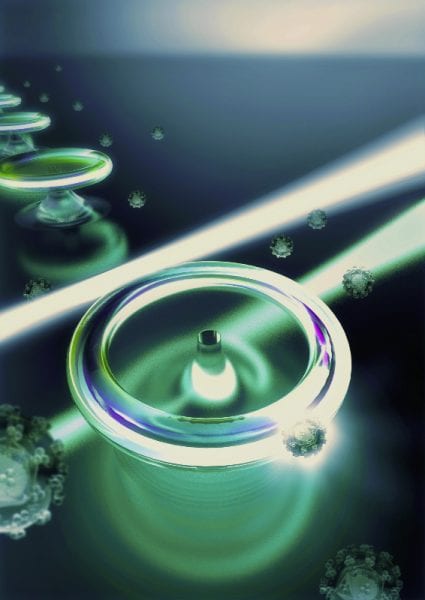
Special polydimethylsiloxane-coated deformed microcavity acts as an optical “whispering gallery”.
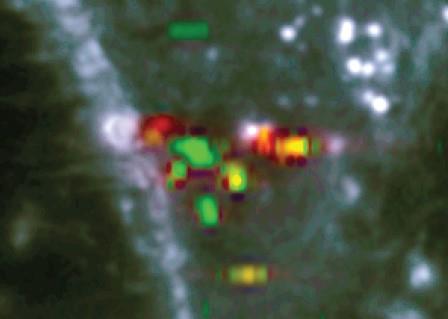
Raman spectroscopy provides molecular specificity through spectrally-resolved measurement of the inelastic scattering under monochromatic excitation.

Cefe López talks about his passion for optics and solid state physics, photonic crystals, and future developments in materials science.
A new straightforward method, based on nonlinear photoperturbation, enables monitoring the response of nuclear proteins to DNA damage in time and space.
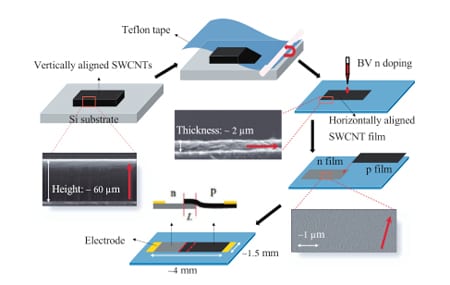
Rice, Sandia team uses carbon nanotubes for polarized-light detection.
Use of material in telecommunications could dramatically accelerate internet speeds by up to a hundred times, according to new research.
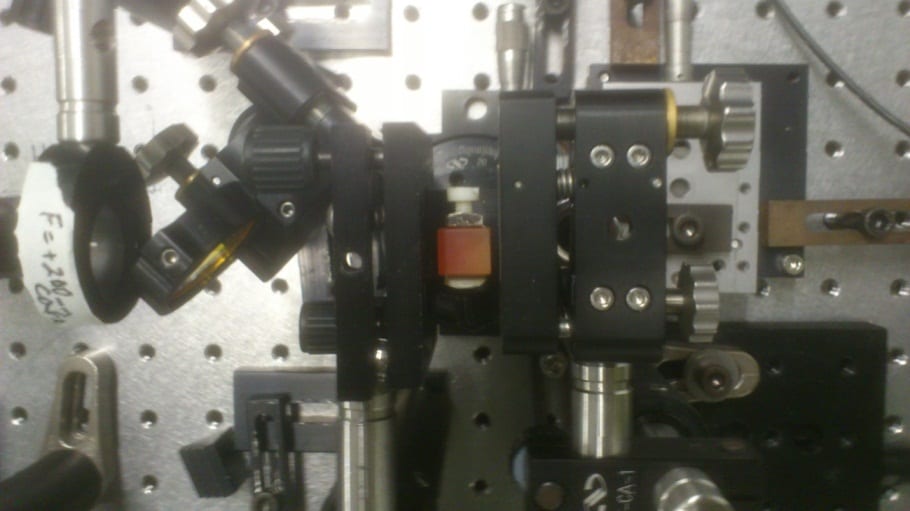
Use of a defect chalcopyrite might become practical at pump levels sufficiently lower than the optical damage threshold.

Researchers describe the experimental realization of an optical switch controlled by a single photon, allowing light to govern the transmission of light.

An EPFL team has built a prototype for an image sensor based on the semi-conducting properties of molybdenite.